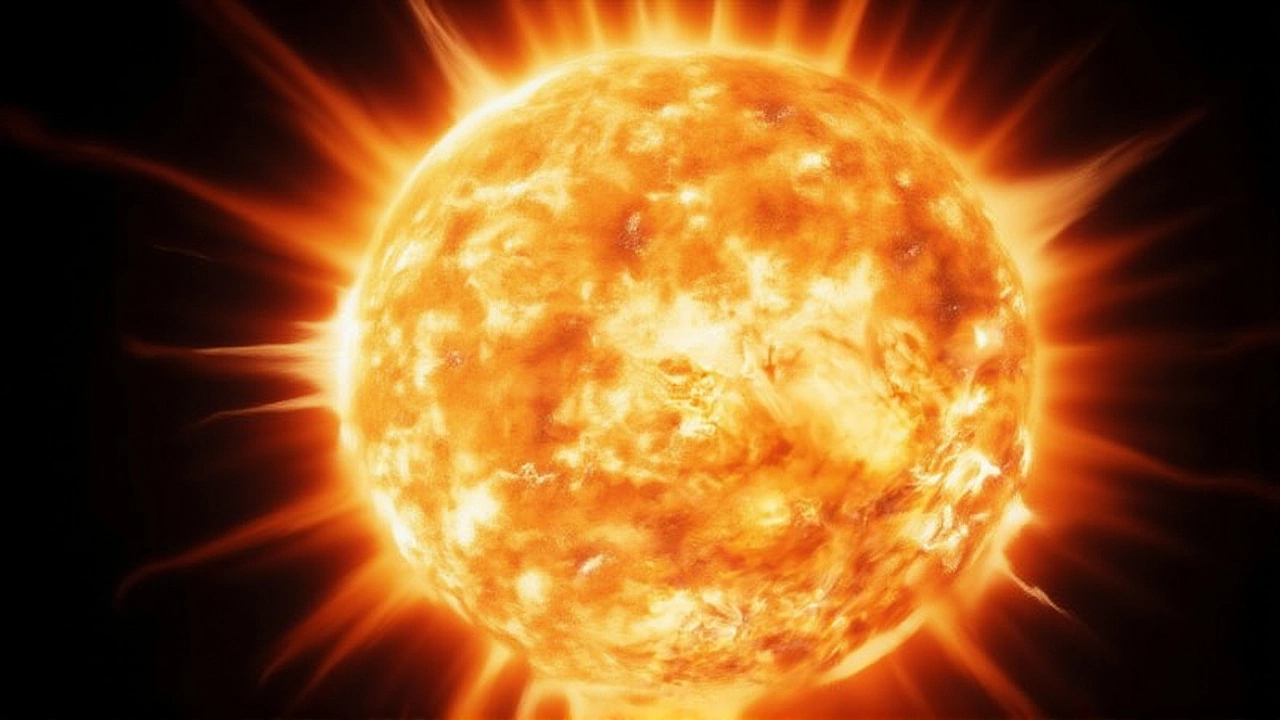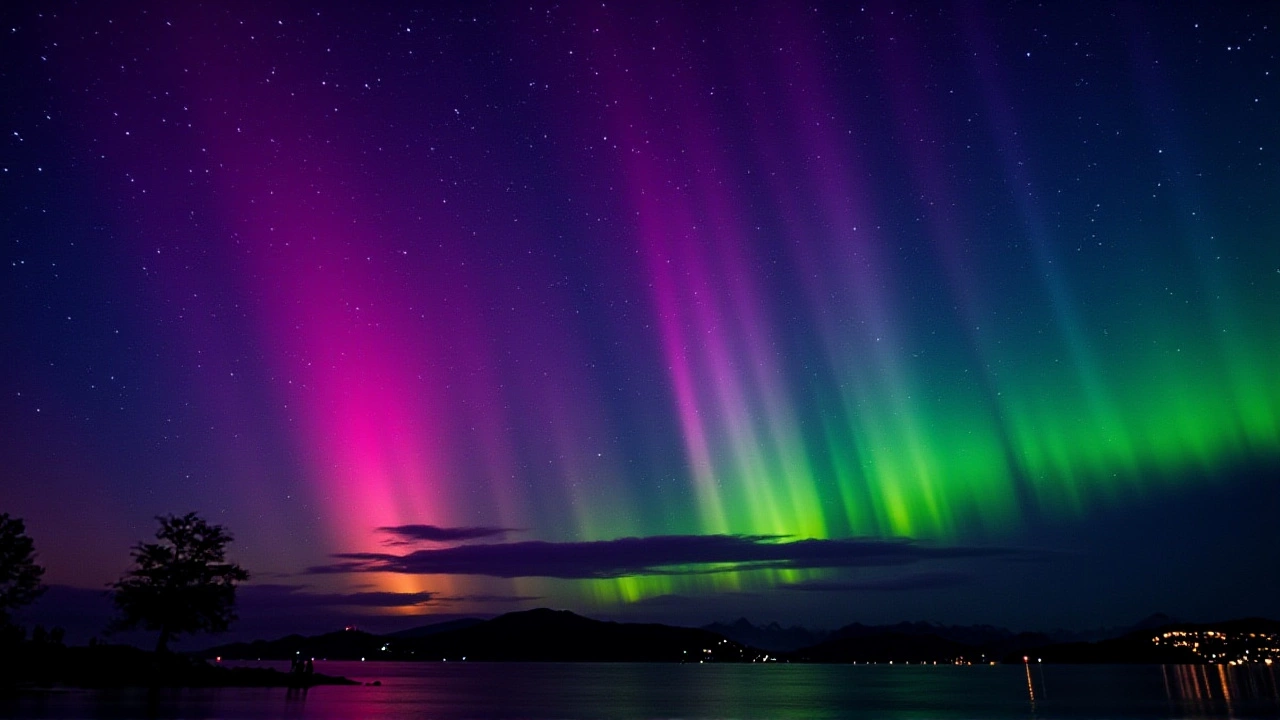NOAA Warns of G3 Geomagnetic Storm Blasting Earth Oct 2, 2025

When National Oceanic and Atmospheric Administration’s Space Weather Prediction Center logged a geomagnetic storm at , the planet’s magnetic shield was being hammered by a fast‑moving solar‑wind stream from a coronal hole. The event, catalogued as the G3 geomagnetic storm of October 2, 2025Earth’s magnetosphere, peaked at G3 intensity – the third‑highest level on the five‑tier NOAA scale – and is expected to linger at G1‑G2 levels through the rest of the day.
What makes a G3 storm noteworthy?
The NOAA scale ranges from G1 (minor) to G5 (extreme). A G3 "severe" storm, which occurs roughly 200 times per 11‑year solar cycle, can scramble satellite navigation, introduce radio blackouts and provoke voltage fluctuations across power grids. For perspective, the last comparable G3 episode hit Earth on September 30, 2025, when a series of coronal‑mass‑ejection (CME) remnants collided with the same magnetic field.
How the October 2025 storm unfolded
Late‑September observations identified a persistent coronal hole – a dark, magnetic‑field opening on the Sun’s surface – spewing high‑speed particles at 600 km s⁻¹. By September 30, the solar wind began slamming into Earth, briefly pushing conditions to G3 before ebbing to G2. The stream re‑intensified on October 2, nudging the storm back up to G3 at 0559 UTC and sustaining it until roughly noon.
Throughout the day, the K‑index, a standard measure of geomagnetic disturbance, oscillated between 5 and 7, confirming the storm’s fluctuating strength.
Official monitoring and forecasts
NOAA’s SWPC issued an advisory at 0615 UTC, urging satellite operators to switch to safe‑mode protocols and warning airlines of possible high‑frequency communication glitches on polar routes. Meanwhile, Russian meteorological agencies, citing data from the Federal Service for Hydrometeorology and Environmental Monitoring, projected that the magnetosphere would stay “excited” through October 6, with intermittent G1‑level storms possibly persisting for another six days.
Visible effects: auroras across North America
One of the most striking side‑effects of the storm was a spectacular aurora borealis display. Residents from Winnipeg to Maine reported vivid green curtains dancing across the night sky on October 1‑2. The visual show is a direct consequence of charged particles spiraling along Earth’s magnetic field lines and colliding with atmospheric gases.
Mobile apps such as My Aurora Forecast & Alerts (available for iOS and Android) saw a surge in downloads, as sky‑watchers used real‑time latitude‑based predictions to locate the shimmering lights.

Potential impacts on technology and infrastructure
- Satellites: G3 storms can degrade GPS accuracy by up to 15 metres and increase drag on low‑Earth‑orbit spacecraft, shortening their operational life.
- Power grids: While the current event is unlikely to trigger widespread outages, utilities in the northern United States are monitoring transformer loads for voltage sags.
- Radio communications: HF (high‑frequency) bands used by aviation and maritime services may experience sporadic blackouts, especially on routes crossing the auroral oval.
- Aviation: Polar flights are advised to carry contingency plans for rerouting if ionospheric disturbances affect navigation systems.
Historically, the most damaging geomagnetic storms—like the 1859 Carrington Event—were G5. The October 2025 storm, though serious, sits comfortably below the threshold that would cause grid‑wide failures.
Looking ahead: what’s coming next?
Space‑weather models suggest the solar wind from the same coronal hole will continue to buffet Earth for several more days, though intensity is expected to taper to G1‑G2 levels by October 4. Scientists at the University of Colorado Boulder’s Space Weather Research Center caution that a subsequent CME could erupt from the same active region, potentially reigniting higher‑level activity.
For the public, the best defense remains awareness: keep devices charged, follow airline advisories for polar routes, and if you’re craving a night‑time light show, check aurora‑forecast apps during the next few evenings.
Key Facts
- Date & time of peak: 2025‑10‑02T05:59 UTC (G3 intensity)
- Primary driver: high‑speed solar wind from a coronal hole
- Regions seeing auroras: United States (northern states) and Canada
- Forecasted continuation: G1‑G2 activity through October 6
- Potential tech impacts: GPS degradation, satellite drag, HF radio interference
Frequently Asked Questions
How could this storm affect GPS navigation for everyday users?
During a G3 event, the ionosphere becomes turbulent, which can shift GPS signals by up to 15 metres. Most smartphones will still provide location data, but high‑precision applications—like surveying or autonomous‑vehicle routing—may see noticeable errors until the storm weakens.
Are power grids at risk of blackouts?
G3 storms can cause voltage fluctuations, but modern grid protections usually prevent full outages. Utilities in the northern United States are monitoring transformer loads closely and have standby procedures ready if the magnetosphere spikes again.
Why are auroras visible so far south this time?
The storm’s intense particle precipitation pushed the auroral oval farther equatorward than usual, allowing residents as far south as Minnesota and Maine to glimpse the green curtains for the first time in years.
What should airline passengers on polar routes do?
Airlines typically switch communication frequencies and keep extra navigation backups active. Passengers don’t need to take any action, but flight crews may adjust altitudes or reroute if ionospheric disturbances become severe.
Could a larger storm follow this one?
Scientists warn that the same solar region could launch a coronal‑mass‑ejection later this month. If that happens, the next storm could climb to G4 or even G5 levels, which would pose serious risks to satellites and power infrastructure.